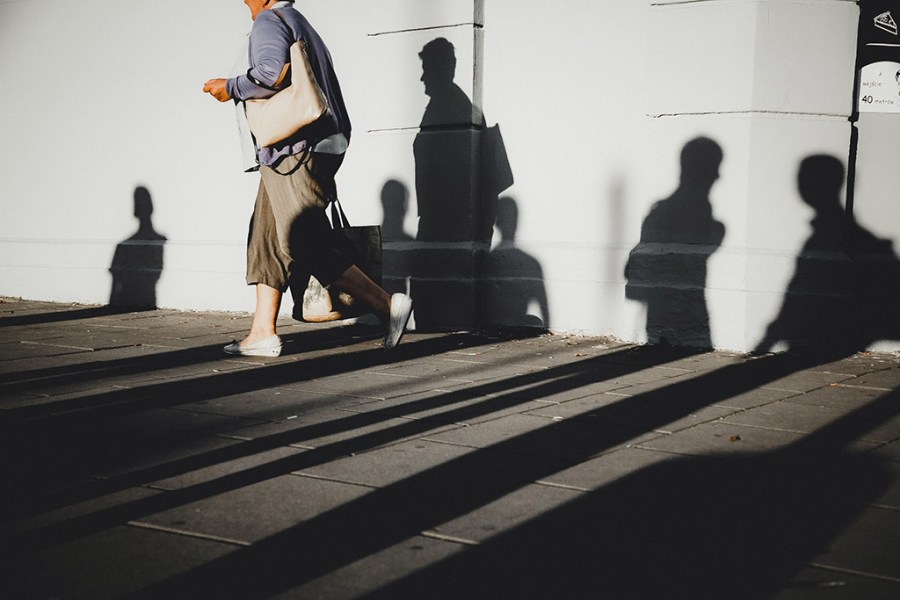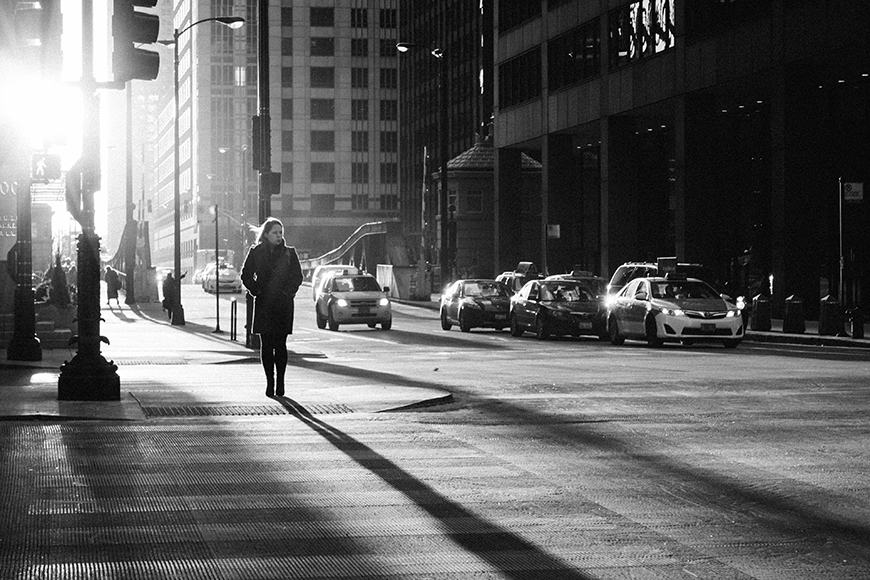Street Photographers Things To Know Before You Get This
Table of Contents6 Simple Techniques For Street PhotographersNot known Details About Street Photographers The 3-Minute Rule for Street PhotographersThe Main Principles Of Street Photographers Indicators on Street Photographers You Need To Know
Road photographers do not always have a social objective in mind, yet they favor to isolate and capture moments which could or else go undetected.He was affected by numerous of those that affected the street digital photographers of the 1950s and '60s, he was not mainly interested in recording the spirit of the street. The impulse to visually document individuals in public started with 19th-century painters such as Edgar Degas, douard Manet, and Henri de Toulouse-Lautrec, who worked side by side with professional photographers trying to capture the significance of urban life.
As a result of the relatively primitive innovation available to him and the long direct exposure time needed, he had a hard time to capture the stress of the Paris streets. He trying out a series of photographic methods, trying to find one that would certainly permit him to capture motion without a blur, and he located some success with the calotype, patented in 1841 by William Henry Fox Talbot. While the digital photographers' topic was essentially the very same, the results were noticeably various, showing the impact of the professional photographer's intent on the personality of the photos he produced.
Provided the great top quality of his photos and the breadth of material, engineers and artists often bought Atget's prints to use as recommendation for their own job, though industrial interests were barely his primary motivation. Rather, he was driven to photograph every last remnant of the Paris he loved.
An Unbiased View of Street Photographers
They disclose the city through his eyes. His job and fundamental understanding of photography as an art type worked as ideas to generations of professional photographers that adhered to. The following generation of road digital photographers, though they likely did not refer to themselves thus, was introduced by the photojournalism of Hungarian-born photographer Andr Kertsz.
Unlike his peers, Brassa utilized a larger-format Voigtlnder electronic camera with a much longer exposure time, compeling him to be much more computed and thoughtful in his practice than he might have been if making use of a Leica.
Cartier-Bresson was a champ of the Leica camera and one of the initial professional photographers to optimize its abilities. The Leica permitted the photographer to connect with the environments and to capture moments as they occurred. Its reasonably tiny size also assisted the digital photographer fade into the history, which was Cartier-Bresson's recommended technique.
What Does Street Photographers Mean?
It is due to the fact that of this fundamental understanding of the art of picture taking that he is often credited with rediscovering the tool throughout again about a century considering that its development. He took photos for more than a half century and influenced generations of photographers to trust their eye and intuition in the minute.
These are the concerns I shall attempt to address: And then I'll leave you with my own interpretation of street photography. Yes, we do. Allow's begin with specifying what an interpretation is: According to (Street Photographers) it is: "The act of defining, or of making something definite, distinct, or clear"
No, most definitely not. The term is both restricting and misdirecting. Sounds like a street digital photography should my response be pictures of a roads best?! And all street professional photographers, other than for a little number of outright beginners, will fully value that a road is not the crucial component to street photography, and actually if it's a picture of a road with maybe a couple of monotonous people doing nothing of passion, that's not street photography that's a snapshot of a street.
Some Known Facts About Street Photographers.
He makes a valid factor don't you think? However, while I agree with him I'm not exactly sure "candid public digital photography" will capture on (although I do kind of like the term "candid photography") due to the fact that "street digital photography" has been around for a long time, with several masters' names affixed to it, so I believe the term is below to remain.
Inside?! I hear you yell as you shake your clenched fist to the skies. Why not? You can contend the beach, at an event, in an alley, in a park, in a piazza, in a cafe, at a gallery or art gallery, in a metro terminal, at an occasion, on a bridge, under a bridge ...

The Best Strategy To Use For Street Photographers
